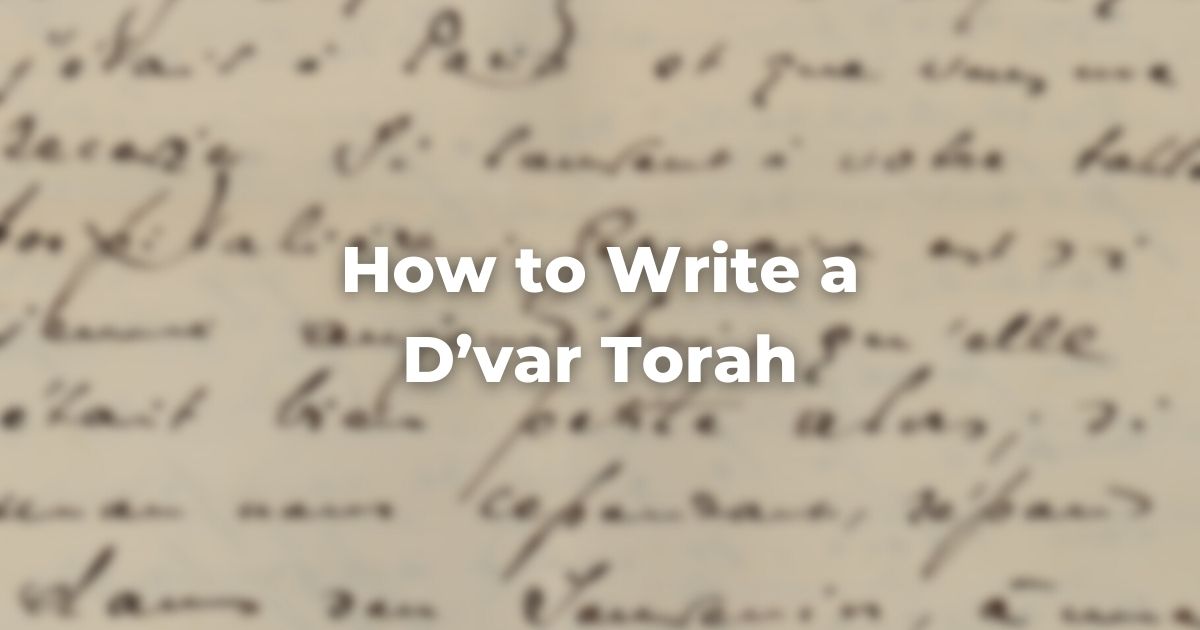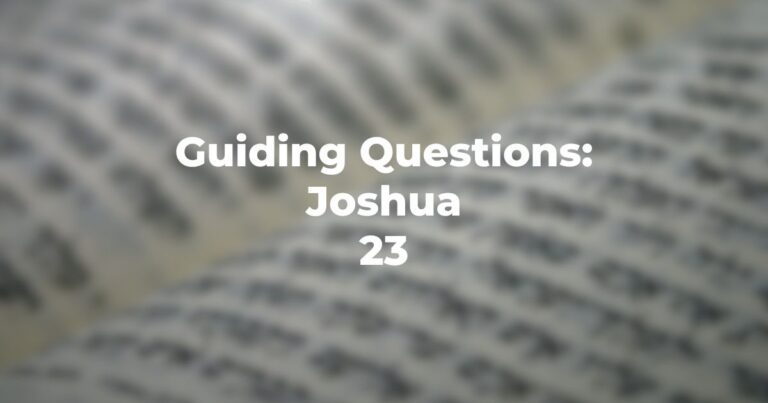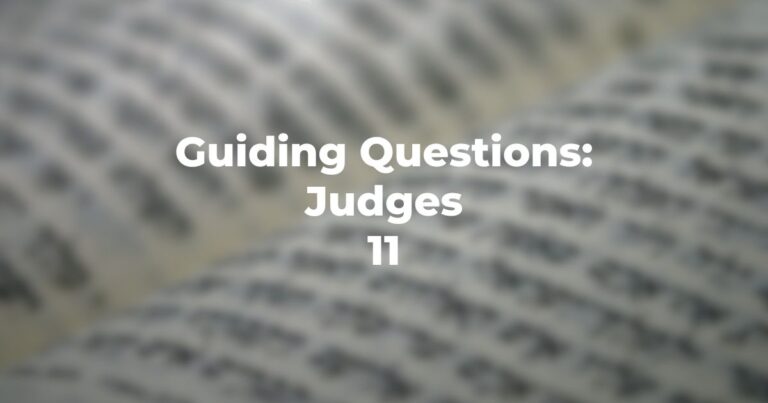Everyone responds to and learns from divrei TorahRefers to the first five books of the Hebrew Bible, the Tanakh, also called the Five Books of Moses, Pentateuch or the Hebrew equivalent, Humash. This is also called the Written Torah. The term may also refer to teachings that expound on Jewish tradition. (words of Torah) differently.
Personally, I find it difficult to listen to even the most engaging speaker for more than five minutes; I much prefer engaging in discussion about the text at hand. My sister-in-law, on the other hand, would much rather listen to an hour-long lecture than participate in a ten-minute interactive discussion. Some people prefer divrei Torah that deal with the psychological, while some prefer divrei Torah that explore the social and historical.
Just as we all have different learning styles, when we are in the teacher’s seat, we all teach with different voices as well. While my personal process may be different from yours or from other teachers on this website, I hope that I can give some guidance on just one methodology for writing a meaningful, coherent exploration of the week’s Torah portion.
Thoughts and Questions
Before I write a d’var Torah, I always read through the Torah portion and jot down my thoughts and questions throughout. Each year, I write my thoughts and questions in the margins of the same book, so that I can return to thoughts and questions in the future.
Sometimes, I’ll write simple contextual questions, like, “Why is Noah commanded to take two of each type of animal here, and seven pairs of every tahor (pure, clean) animal here?” Other questions may address what happens in the blank space of a story or how a certain commandment could be seen as relevant today. When a Toraitic situation reminds me of a real-life issue, I write that down, too.
After I’ve written all of my questions and thoughts, I review my list and pick a topic or two about which I know I could write something of significance.
“Something of significance” means something that would move me to act or think differently if I were to listen. It is never chosen for its shock value alone, as it needs to be accessible to those who listen. That “something of significance” can either be based on one small word or phrase in the text or on themes that occur throughout the parashah.
Outline
Once I have decided on something to write, I begin my outline, marking six major sections:
- Intro/Hook: Although this comes first, I usually write it last, once I know what my main point or thesis will be. Here is where I introduce examples from media, literature, or every-day life that will help place an ancient Torah text into a modern context. An introduction can also be in the form of a question anyone in the room can answer. For example, “What was the last thing that made you smile?”
- Context: Here, I briefly explain the story or quote in question. I start with the broader story and then zero in on the exact verses that are relevant for the topic I am about to introduce.
- Big Question/Big Idea: Here is the place for a one-sentence explanation of the big question or idea that initially inspired me to write.
- The Rabbis’ Answers: Most of the time, a d’var Torah should include insights from other Jewish thinkers throughout history. We don’t study Torah in a vacuum, but rather, we study Torah alongside the inspiration of ancient, medieval, and modern teachers. This section often requires research, whether from books and blogs written in the 2010s or from Talmudic texts written two thousand years earlier.
- My Answer: Here, I explain my answer to the question posed or my reason for presenting the big idea, making sure that my thesis is stated concisely in at least one prominent place.
- Conclusion/How/Why: As any d’var Torah I write has to be about something of significance, the conclusion must explain why this big idea or answer matters and what, practically, we can do about it. I’ll often end with a charge or a blessing, an inspiration to move forward with the wisdom of the Torah portion.
Drafts and Practice
After I have outlined my d’var Torah, I may or may not adhere to the structure of my outline in the final draft. Sections may swap, and information that I previously thought was interesting may get set aside for a future d’var Torah.
Once I have written, I practice reading my last draft out loud a couple of times to see if there are tongue twisters, shocking statements, or irrelevant bits of information that need to be removed, altered, or explained. As someone who likes words a bit too much, I also check to see the places where I can communicate my ideas more briefly.
Whenever I read out loud, whether practicing or on the day of the d’var Torah, I make sure to enunciate as much as possible, especially when saying short words like “and,” “if,” and “the.” Finally, if I have any doubts about the efficacy of my words or have extra time, I hand my d’var Torah to a trusted friend or two to make sure my central ideas come across clearly and confidently.
You (Yes, You!) Can Deliver a D’var Torah
All of us have the ability to write and deliver a d’var Torah, regardless of previous experience with Hebrew or Jewish text. The more of us share our views on Torah, the more we can learn from each other’s experience, wisdom, and unique teaching styles.
With the commentary present in home and synagogue libraries and online resources such as sefaria.org, myjewishlearning.com, and 929.org.il, and of course, exploringjudaism.org, we have more Jewish text and interpretation at our fingertips than we have ever had before. With your specific experiences, passions, and knowledge, you, too, can enrich your Jewish community with your unique words of Torah.
Author
-

Rabbi Sydni is originally from Agoura Hills, California. Previously, she served as the Rabbi of Agudath Achim in Shreveport, Louisiana. She has also served as a spiritual leader and teacher at Jewish organizations such as Ohr Shalom Synagogue (San Diego, California), IKAR (Los Angeles), and B’nai B’rith Camp (Neotsu, Oregon). Rabbi Sydni especially enjoys teaching, learning, reading, writing, and chatting about Jewish approaches to self-care, the status of women in Jewish law, and Biblical notions of love of God. When she is not at Congregation Beth Torah, you may find her practicing yoga, playing piano, or enjoying the season's produce. You may also find her spending time with her husband and best friend, Rabbi Feivel, their son Shalom Zimri, and their dogs Buddy and Marbles.
View all posts






